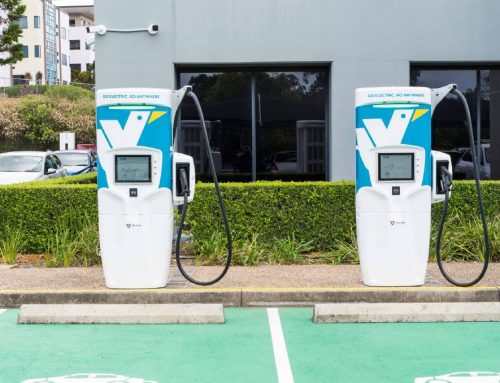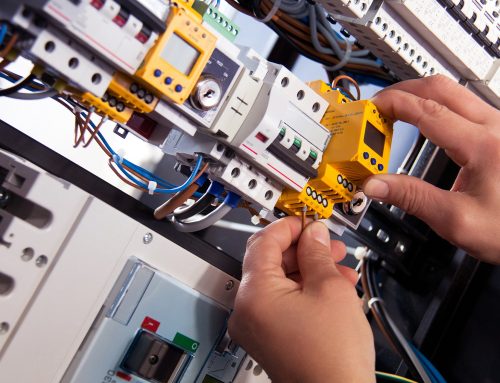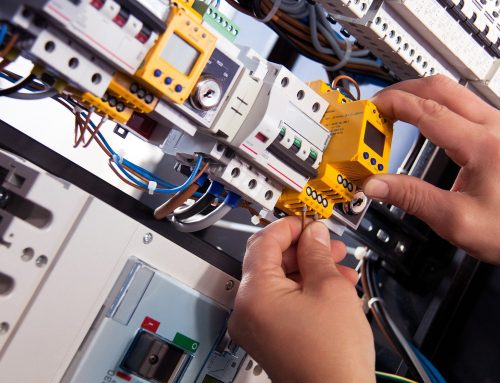Electricity is one of the biggest hazards in the home particularly if we have pets. Just like our children, pets don’t understand the risk posed by cables, outlets and electric appliances around the house. Pets are naturally curious and they may begin to play or chew on our electrical equipment which can cause shock or fire hazard resulting in injury or death.
Here are some things you can do to protect your pets from electrical dangers:
- Keep cables out of sight
Electrical cords pose the greatest danger to our pets who are prone to chewing or playing with their paws. Their playful behaviours can lead to shock, burns or electrocution, so keep wires out of their sight. If you can’t hide them behind furniture, pet-proof them with plastic piping or tubing. You can also discourage chewing by coating cables with a bitter or unpleasant substance such as lemon juice, vinegar or hot sauce. You can also buy bitter-tasting pet deterrent products from your local pet store.
If your pet shows interest in electrical cords, check your cords frequently. Look for signs of fraying and replace any damaged cords right away. If you need to leave your pet unsupervised, make sure all electrical cords are unplugged or out of sight.
- Don’t leave electrical equipment unattended
Lamps, fans, heaters are some of the items we easily forget to turn off. But if you leave the house with these things turned on, you’re creating a potential hazard for your pet. These things can easily fall, if your pet is running inside the house, which can be a fire risk especially if you’re not at home.
Don’t leave heating equipment unattended. Hair straighteners and curling iron don’t cool down immediately after use. Your pet may be drawn to the warmth and attempt to snuggle up on it. Never leave this equipment unattended and keep them away from your pets as possible.
- Buy good equipment
Buying good quality cords, extension cords or anything related to electronics can protect your pets from electrical dangers. It may be a little expensive, but cheaper cords are more likely to get frayed and damage easily creating sparks or overheat. You can also buy cords that have a bitter agent in the material to discourage chewing. You don’t want your pets to be near faulty ones that cause injury.
- Be wary of water
Water and electricity are a dangerous combination, so be cautious about leaving electrical devices such as heaters, radios, and irons close to the sinks, bathtubs and laundry area where water is used regularly. Take extra care if you have an aquarium in the house. Your pets may be fascinated by the fish so make sure your wiring is secure so it won’t get wet.
All appliances near sinks, bathtub or laundry area should be plugged into an outlet with a Ground Fault Circuit Interrupter (GFCI). Our pets can knock curling irons, radio, and other devices into the water, creating an electrical hazard. GFCI can stop the flow of electricity instantly if there’s a problem, and when properly used can save our pets’ lives.
- Create an electricity-free area
Pet-proof your home by creating an electricity-free area. Remove all power outlets and cords where you can leave your pet unsupervised. This dedicated area with no access to power cords or outlets is the safest approach to prevent an electrical hazard to your pets.
- Pay attention to plug sockets
Make sure plugs are fully inserted into their sockets because partially exposed prongs can result in electrocution if licked by a wet tongue or nuzzled by a wet nose. Do not overload plug sockets with extension blocks because it can cause more strain on the socket, and pets can be tangled in wires and potentially injure themselves.
- Be mindful of mobile phone chargers
We usually leave our phone charger plugged in and use it when we need it, but this is not advisable for those who have pets who love to chew things. Even idle charger draws a small amount of energy from the grid. Try to charge your phone a few hours before you go to bed instead of overnight and plug charger afterward to protect your pets.
- Train your pet
Protect your pets from electrical dangers by training your pets that certain areas in the house with power cords and outlets are off-limits. Pets normally respond negatively to a bitter substance being applied to an area, so if you spray those areas with citrus spray, they will tend to avoid that area. Small furry pets like guinea pigs, ferrets or rabbits will be turned away by loud noises, like thumps or claps being made when they go to the off-limits area.
- Give your pets plenty of toys and foods
Make sure your pets don’t get bored when you’re not around. Most of them need things to stimulate them, ensure they have toys to play with. Those pets that like to chew, provide them with plenty of chewing food or objects so they don’t won’t chew the cords in your home.
- Be mindful of thunder and lightning
Thunderstorms are scarier for pets and they are dangerous too. If your pets live outdoors, bring them inside the home during bad weather. Dogs often take shelter in risky places if they are left alone. Dogs kept in kennels or on chains are more susceptible to lightning. Bring them inside because pets are more scared of loud thunders than lightning. Make sure your indoor pets cannot escape to keep them safe.
Manage our home and pets well to minimise the risk that electrical power can do to them. For more information on electrical safety in the home contact the professional electrician from KM Electric, we will be more than happy to help you.










